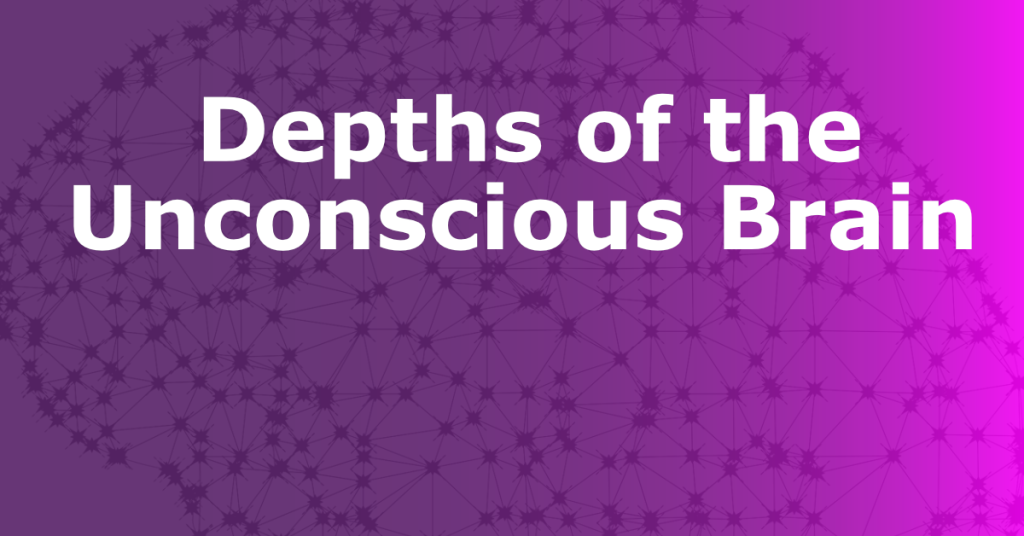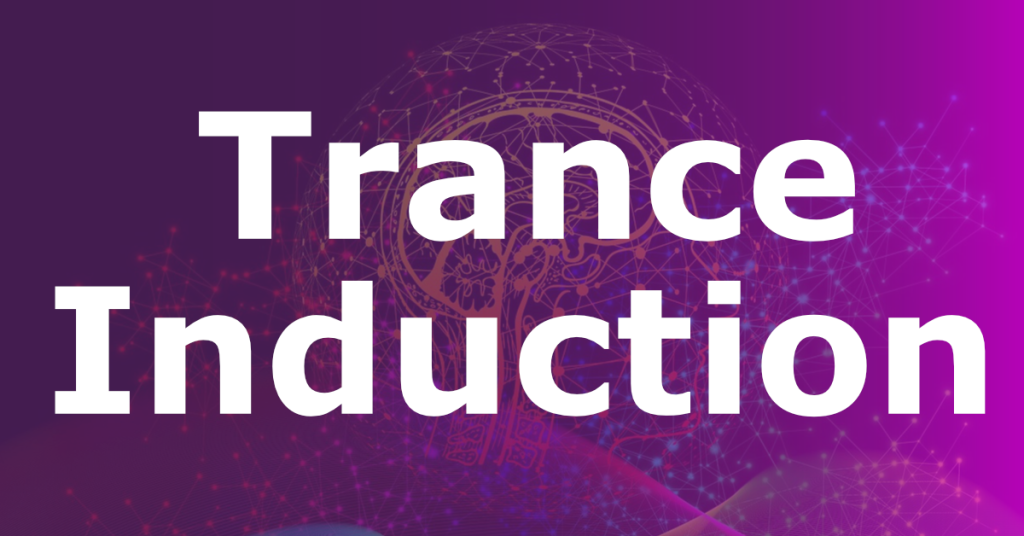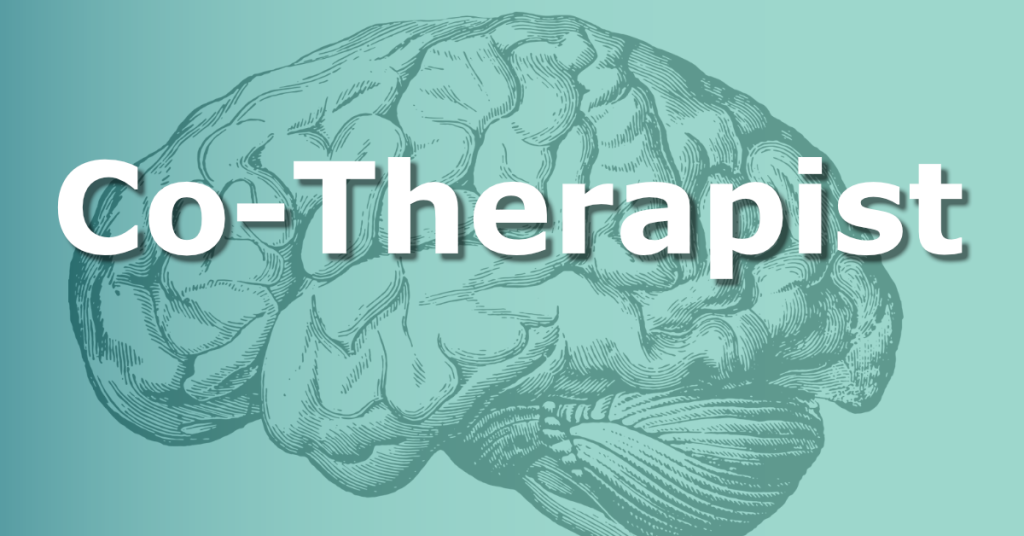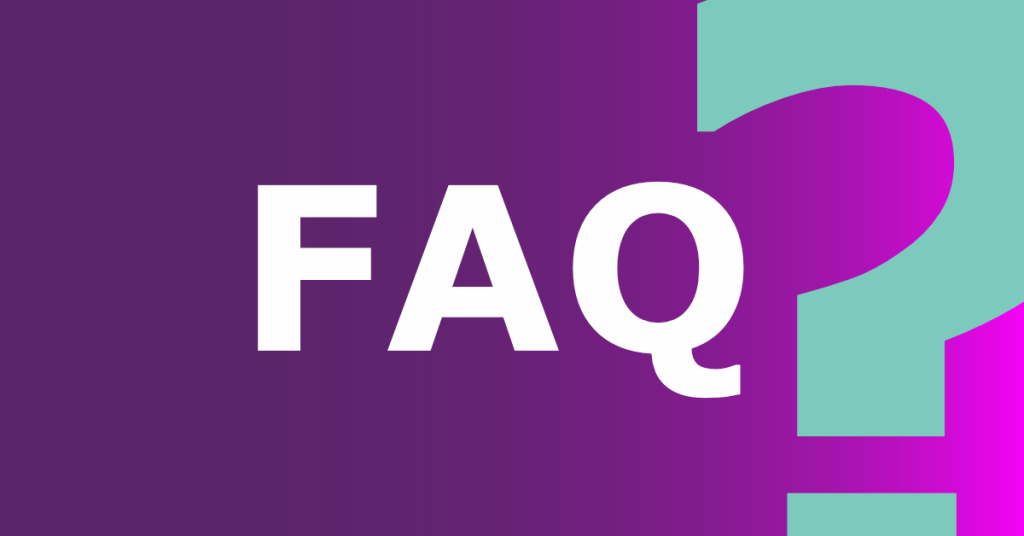A Look at Milton H. Erickson’s Hypnotic Research
By John Cassidy-Rice
 The Unconscious Brain as an Active Participant
The Unconscious Brain as an Active Participant
Have you ever thought of the unconscious brain as a mere vault, passively storing memories and experiences? Let’s explore this idea.
In his seminal work, Milton H. Erickson reveals an astonishing fact:
The unconscious brain is not a passive reservoir but an active participant in the hypnotic process (Erickson, 1967, p. 87-135).
This article aims to delve deep into Erickson’s groundbreaking study “Further Experimental Investigation of Hypnosis: Hypnotic and Nonhypnotic Realities” to unearth the intricacies of the hypnotic process and the active role played by the unconscious brain. This article will be of interest to all hypnotherapists and perhaps many laypeople as well.
Background & Purpose of the Study
Challenging the Status Quo: Erickson vs. Hull
In the 1950s and 1960s, hypnotherapy was in transition as it faced scientific scrutiny and challenged traditional practices.
Leading figures like Clark L. Hull were sceptical about the capabilities of hypnosis, often dismissing it as mere theatrics.
“The rejective attitude of Clark L. Hull toward the author’s first experimental study of the nature of hypnotic phenomena stimulated still further investigation…” (Erickson, 1967, p. 87)
Milton H. Erickson, a man of scientific rigour and innovative spirit, was not one to back down. Hull’s scepticism became a catalyst for Erickson’s investigation.
He set out to challenge prevailing misconceptions about hypnosis by conducting meticulous research. The primary purpose? To define the boundaries of what could and couldn’t be achieved through hypnotic interventions.
Unveiling the Research Questions
The study aimed to answer the following pivotal questions:
- Is the unconscious brain a passive or active participant in hypnosis?
- What tasks can be accomplished through hypnotic techniques?
- How do hypnotic and non-hypnotic realities differ?
Questions to Ponder
- Have you ever encountered scepticism about hypnosis in your professional life?
- How would proving the unconscious brain as an active participant impact the field of hypnotherapy?
Methodology
An Approach Rooted in Rigour
Milton H. Erickson was not one to compromise on scientific rigour.
His study deployed a range of methods to explore the capabilities and limits of hypnosis. Setting a standard for empirical investigation in the field.
“The methodology was rigorous and experimental, utilising a variety of trance induction methods and therapeutic suggestion strategies…” (Erickson, 1967, p. 90-95)
 The Tools of the Trade: Trance Induction and Therapeutic Suggestions
The Tools of the Trade: Trance Induction and Therapeutic Suggestions
Erickson employed an array of trance induction techniques, each designed to explore different facets of the hypnotic state.
From verbal cues to rhythmic patterns, he meticulously documented the impact of each method on the subject’s conscious and unconscious brain.
Data Collection and Analysis
Erickson leveraged a plethora of therapeutic suggestion strategies to probe the depths of hypnotic potential.
He interrogated the data and scrutinised the behavioural changes and psychological shifts that occurred post-induction.
The aim? To draw robust conclusions supported by empirical evidence.
Action Points & Takeaways
- Adopt a Multi-Faceted Approach: Erickson’s research showed that it is important to engage with different techniques to engage the unconscious brain actively rather than using the same techniques repeatedly. Using different trance inductions keeps the brain stimulated.
- Record & Analyse: Take detailed notes during your sessions, and allocate time to review and analyse this data. The insights could be invaluable for improving your practice.
Questions to Ponder
- How often do you review your methodology to ensure it aligns with the latest research?
- Are you incorporating data analysis into your practice to measure the effectiveness of your methods?
Erickson’s method gives us important ideas for structuring our own work.
It’s not just about following steps but about understanding the science that underpins every action.
Key Findings
A Revolutionary Understanding: The Active Role of the Unconscious Brain
One of the most ground breaking findings in Erickson’s study is the active participation of the unconscious brain in the hypnotic process.
Contrary to prevailing theories of the time, Erickson showed that the unconscious brain doesn’t just receive suggestions; it interacts, filters, and even alters them.
“The unconscious mind is not a passive recipient of hypnotic suggestions. Rather, it actively interacts with the conscious mind, filtering and interpreting suggestions to manifest behavioural changes.” (Erickson, 1967, p. 100-110)
Hypnotic vs. Non-Hypnotic Realities
Another eye-opening discovery was the differentiation between hypnotic and non-hypnotic realities.
Erickson found that the subject’s perception and cognitive functioning could significantly differ depending on the state of consciousness. Affecting the therapeutic outcomes.
“Erickson found that the unconscious mind plays a pivotal role in determining the efficacy of hypnotic suggestions in different realities.” (Erickson, 1967, p. 120-125)
Therapeutic Applications and Limitations
While hypnosis proved effective for various tasks, Erickson also outlined its limitations. He emphasised that not all issues could be resolved through hypnosis alone and suggested that it should be integrated into a broader therapeutic framework.
“Hypnosis is not a panacea but a tool to be integrated into a more comprehensive therapeutic approach.” (Erickson, 1967, p. 130-135)
Action Points & Takeaways
- Engage the Unconscious Brain: Remember, it’s an active participant. Tailor your suggestions to engage both the conscious and unconscious brain.
- Adapt to the Reality: Recognise whether the client is in a hypnotic or non-hypnotic state and adjust your techniques accordingly.
- Broaden Your Toolkit: Hypnosis is powerful but not omnipotent. Consider it as one of many tools in your therapeutic arsenal.
Questions to Ponder
- How can you adjust your practice to consider the unconscious brain as an active participant? (science is now moving away from the conscious and unconscious as terminology – should we explore that?)
- Are there situations where you’ve noticed a clear difference between hypnotic and non-hypnotic realities?
You can gain valuable knowledge from these key findings to enhance your hypnotherapy techniques.
The key? Understanding not just the ‘what’ but the ‘why’ behind each discovery.
Implications for Practicing Hypnotherapists
 The Unconscious Brain: Your Co-Therapist
The Unconscious Brain: Your Co-Therapist
Think of the unconscious brain as a co-therapist during hypnosis.
Your hypnotic suggestions to engage both the conscious and unconscious brain can cause more effective therapeutic outcomes.
“The unconscious mind actively interacts with the conscious mind, filtering and interpreting suggestions to manifest behavioural changes.” (Erickson, 1967, p. 100-110)
Navigating Different Realities
Erickson found that adapting techniques to match your client’s state of mind is important.
Understanding this can help us tailor our approach to maximum efficacy.
“Erickson found that the unconscious mind plays a pivotal role in determining the efficacy of hypnotic suggestions in different realities.” (Erickson, 1967, p. 120-125)
Expanding the Therapeutic Toolkit
While hypnosis has its merits, Erickson’s study also outlines its limitations.
As a practitioner, it’s vital to integrate hypnosis into a broader therapeutic framework.
“Hypnosis is not a panacea but a tool to be integrated into a more comprehensive therapeutic approach.” (Erickson, 1967, p. 130-135)
Action Points & Takeaways
- Be Dynamic: Adapt your hypnotic suggestions to engage both the conscious and unconscious aspects of the brain.
- Be Context-Aware: Recognise the state of consciousness your client is in and tailor your techniques accordingly.
- Be Comprehensive: Utilise hypnosis as one tool among many in your therapeutic repertoire.
Questions to Ponder
- How can you incorporate the active role of the unconscious brain into your practice?
- Are there therapeutic areas where you could benefit from integrating hypnosis with other modalities?
As you can see, Erickson’s research offers a blueprint for refining and expanding our therapeutic approaches.
Future Research and Conclusions
Pushing the Boundaries: The Next Frontier of Hypnotherapy
Erickson’s study serves as both a landmark and a stepping stone in the realm of hypnotherapy.
While it provided crucial insights into the role of the unconscious brain and the differentiation between hypnotic and non-hypnotic realities, there is still much more to explore. Future research could delve into:
- The neuroscience behind the unconscious brain’s active role in hypnosis.
- Developing new trance induction techniques that leverage the active role of the unconscious brain.
- The interplay between hypnosis and other therapeutic modalities in achieving long-term outcomes.
“Hypnosis is not a panacea but a tool to be integrated into a more comprehensive therapeutic approach.” (Erickson, 1967, p. 130-135)
The Final Insight: Harnessing the Power of the Unconscious Brain
The unconscious brain is not a mere storage vault; it’s an active participant that can either facilitate or hinder therapeutic outcomes. Recognising and harnessing this active participation can transform the field of hypnotherapy.
Your Voice Matters
We’d love to hear your thoughts, experiences, or questions about the implications of Erickson’s research in your practice. How have you incorporated these insights? What challenges have you faced?
References
Erickson, M. H. (1967). Further Experimental Investigation of Hypnosis: Hypnotic and Nonhypnotic Realities. The American Journal of Clinical Hypnosis, 10(87-135), 87-135.
Keep in mind that you can start the next breakthrough in hypnotherapy.
The future is ripe for exploration, innovation, and discovery.
Are You Ready to Take the Leap?
-
What was the primary aim of Milton H. Erickson’s study?
The primary aim of Erickson’s study was to challenge prevailing misconceptions about hypnosis and to define what tasks could and couldn’t be achieved through hypnotic interventions. He aimed to prove that the unconscious brain plays an active role in the hypnotic process.
-
How did Erickson’s methodology differ from other studies on hypnosis?
Erickson employed a rigorous and experimental approach, using a variety of trance induction methods and therapeutic suggestion strategies.
His methodology also involved meticulous data collection and analysis to validate his findings.
-
What are the key findings of Erickson’s study?
Three main findings stand out:
- The unconscious brain is an active participant in the hypnotic process.
- There are clear distinctions between hypnotic and non-hypnotic realities.
- Hypnosis has limitations and should be integrated into a broader therapeutic framework.
-
What are some practical implications for practicing hypnotherapists?
Based on Erickson’s research, hypnotherapists should:
- Consider the unconscious brain as an active participant and tailor suggestions accordingly.
- Be aware of the client’s state of consciousness to adapt their techniques.
- Use hypnosis as one of many tools in a comprehensive therapeutic approach.
-
Where can I find the original study by Milton H. Erickson?
The study is titled “Further Experimental Investigation of Hypnosis: Hypnotic and Nonhypnotic Realities” and was published in the American Journal of Clinical Hypnosis in 1967.

